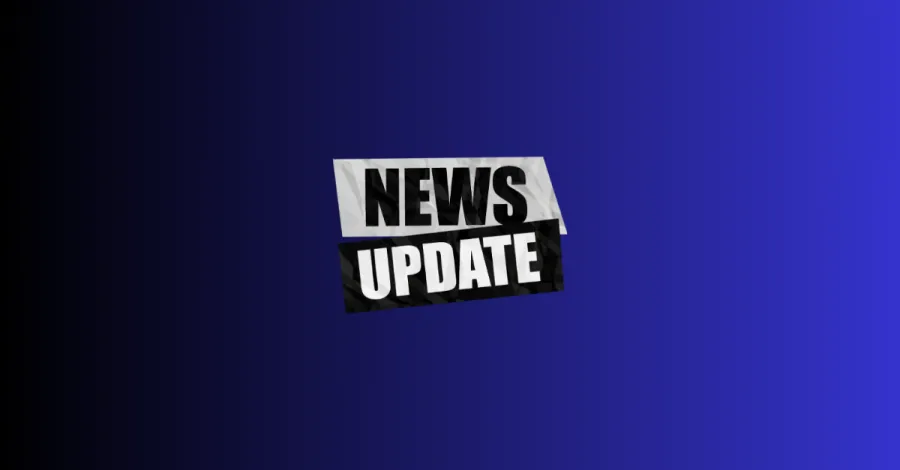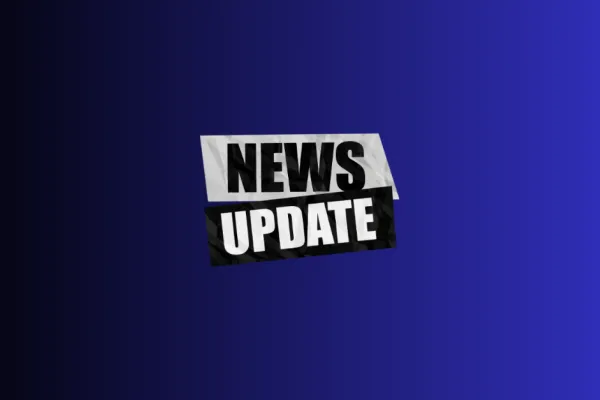FCC’s Communications Equity and Diversity Council (CEDC) adopts report on connecting marginalized communities to broadband during the COVID-19 pandemic

The FCC’s Communications Equity and Diversity Council’s (CEDC) Digital Empowerment and Inclusion Working Group, of which CWA is a member, adopted a report evaluating efforts to provide connectivity during the COVID-19 pandemic to marginalized populations defined as “opportunity communities.”
FCC Chair Jessica Rosenworcel rechartered the CEDC in 2021 to make recommendations to the Commission “on advancing equity in the provision of and access to digital communication services and products for all people of the United States, without discrimination on the basis of race, color, religion, national origin, sex, or disability.”
One of the tasks given to the Digital Empowerment and Inclusion Working Group was to assess the impact of the programs that were implemented in response to the pandemic. The Working Group conducted a public convening of key stakeholders and fifteen one-on-one interviews with representatives of ISPs, federal agencies, state agencies, and community organizations that developed emergency broadband programs during the pandemic in order to understand the successes and failures of emergency broadband programs, and lessons these representatives learned from their experience.
The following are the highlights from the interviews:
- Interviewees praised the value of public-private partnerships between ISPs and local governments, libraries, housing authorities, healthcare providers, school districts, and universities.
- Multiple interviewees discussed the need for broadband adoption programs, subsidies, training, and outreach to “meet people where they are.”
- Interviewees reported that all the measurements they were able to gather during the implementation of federal pandemic response connectivity programs showed that these new funding programs had a positive impact.
- The Emergency Broadband Benefit (EBB) program and the successor Affordable Connectivity Program (ACP) increased affordability at a time of great job loss and economic upheaval.
- Community organizations and local agencies also played a vital role, in partnership with ISPs, to support funding of broadband connectivity and advertise the availability of newly created federal subsidy programs.
The following are the areas identified for improvement:
- There were not enough resources to get to one hundred percent connectivity in specific opportunity communities or nationwide.
- There were challenges in increasing awareness about newly created federal programs, especially during times of health crises and economic upheaval.
- Multiple interviewees noted that the EBB and ACP sign-up and verification processes were cumbersome for companies and digital navigators to complete despite their expertise, and that these processes could be even more bewildering for newly eligible beneficiaries.
- ISPs, government actors, and community institutions participating in EBB and ACP outreach and implementation had difficulties measuring sign-up and subscriber gains in real time.
The following are recommendations from Public Convening:
- The federal government should continue the ACP.
- There should be greater outreach efforts to educate families about the benefits of the ACP. Those outreach efforts should include many more languages than English.
- Enrollment in ACP should be made easier.
- Broadband service providers can implement their own low-cost broadband service programs with quality service and comparable speeds as high-income households and provide broadband connectivity centers within communities.
- Non-profit organizations, and community anchor institutions (such as libraries) can develop Wi-Fi centers within local communities funded by the federal, state, local government and/or in partnership with industry.
- To identify and overcome the challenges to broadband adoption, affordability, and greater participation in digital literacy skills training programs, broadband service providers and federal and state governments must collaborate and leverage the trusted relationships that anchor institutions have with their local communities.
- To develop broadband adoption and digital literacy skills training on a national scale, the non-profit and private sectors need to develop best practices for more broader collaboration.
- The federal government must ensure states receive funds to develop their digital equity plans.
Links:
Connecting Opportunity Communities to Broadband During the COVID-19 Pandemic: Lessons Learned and Recommendations (FCC, June 15, 2023)
Broadband Brigade members turn out to protect good, union jobs and reliable broadband service
CWA condemns Trump NTIA changes to BEAD funding policies

